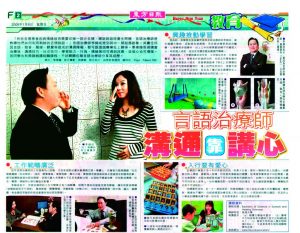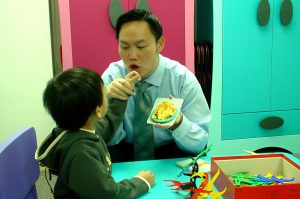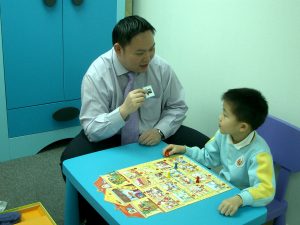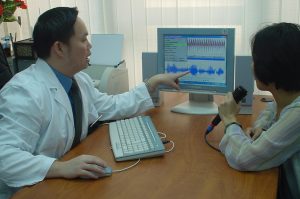Speech Therapy
Speech therapists will first conduct a detailed assessment and diagnosis of the case, and then develop an individualized treatment plan. Through different treatment strategies, speech therapists will provide speech therapy services to enhance communication, learning and social skills, thereby improving mood, self-confidence and life. Quality.
developmental language disorder
Developmental language disorder is caused by children's delayed development, learning difficulties, or lack of appropriate language stimulation during the developmental stage.
Articulation disorder (clear speech and articulation)
Weak oral muscle control, abnormal oral structure, such as cleft lip and palate, delayed speech development, or incorrect pronunciation due to the influence of incorrect language models.
voice disorder
Due to different reasons, the laryngeal muscles are overly tense, the structure or function of the vocal cords is damaged and pathological changes occur, such as hoarseness, high or low pitch, out-of-pitch, etc.
Hearing impairment
Due to congenital or acquired influences, the speech, pronunciation or voice are affected due to the inability to fully receive what others are saying.
Fluency disorder (stuttering)
Different reasons lead to the inability to speak fluently, such as repeated words, prolonged syllables, or sudden interruption of speech and the need to struggle for a while before continuing to speak.
Neurological communication disorder
Brain disease or trauma causes neurological communication disorders, difficulty finding words, unclear meanings, and even poor control of oral muscles, resulting in slurred speech.




